Table of Contents
Also by Derek Wilson
ROTHSCHILD: A STORY OF WEALTH AND POWER
SWEET ROBIN: ROBERT DUDLEY, EARL OF LEICESTER
HANS HOLBEIN: PORTRAIT OF AN UNKNOWN MAN
THE KING AND THE GENTLEMAN: CHARLES STUART
AND OLIVER CROMWELL, 15991649
IN THE LIONS COURT: POWER, AMBITION AND
SUDDEN DEATH IN THE REIGN OF HENRY VIII
ALL THE KINGS WOMEN: LOVE, SEX AND
POLITICS IN THE LIFE OF CHARLES II
Illustrations
1. Gothic reliquary bust of Charlemagne, IH163923. Corbis Inc.
2. Charles Martel in the Battle of Tours, CS006426. Corbis Inc.
3. Scenes from the lives of the Emperors: Coronation of Charlemagne. Paris, Bibliothque de lArsenal. 1990 Photo Scala, Florence.
4. King Charlemagne receiving an oath of fidelity, from the Chroniques deSt. Denis, Manuscript, AABR004570. Corbis Inc.
5. Emperor Charlemagne (747814) and his army fighting the Saracens in Spain, 778, from the Story of St. Ogier (vellum) by Verard, Antoine (14501519), RVI101789 #175, Private Collection, Roger-Viollet, Paris. French, out of copyright.
6. Document signed by Emperor Charlemagne (742 814) with his monogram (vellum), ARH175033 #203, Centre Historique des Archives Nationales, Paris, France. Archives Charmet, copyright unknown.
814) with his monogram (vellum), ARH175033 #203, Centre Historique des Archives Nationales, Paris, France. Archives Charmet, copyright unknown.
7. Gold solidus of Empress Irene. British Museum.
8. Charlemagne (742814) placing the relics of Christ in the Chapel of Aix-la-Chapelle (oil on canvas) by Orley, Bernard van (c.14881541), ALG172666 #203, Galleria Sabauda, Turin, Italy. Alinari Netherlandish, out of copyright.
9. A 13th-century Venetian manuscript page depicting Charlemagne, his daughter, and Roland the Paladin, GT003903. Corbis Inc.
10. Aachen, palatine chapel, interior view, B 4.877/12. Reproduced by permission of Bildarchiv Foto Marburg.
11. Shrine of Charlemagne [detail], CS005690. Corbis Inc.
12. Manuscript illumination of constellations and a centaur from an astronomical tract, IH163906. Corbis Inc.
13. King Charles II (823877) receiving a Bible from Count Vivian and the monks of Saint-Martin de Tours, c.843 by French School (9th century), BNP159994 #177, Ms Lat 1 fol.423r, Bibliothque Nationale, Paris, France. Giraudon. French, out of copyright.
14. The coronation of Louis I, Holy Roman Emperor from Les grandeschroniques de France, CS010448. Corbis Inc.
15. Portrait of Emperor Lothaire, ADD.37768 f4. Reproduced by permission of the British Library.
16. Two men dancing, ADD.11695 f86. Reproduced by permission of the British Library.
17. Rider on a white horse, ROY.19.B.XV f37. Reproduced by permission of the British Library.
18. A joust, ADD.12228 f214v-f215. Reproduced by permission of the British Library.
19. Vivian and others take oath, ROY.20.D.XI f134V. Reproduced by permission of the British Library.
20. Scenes from the life of Charlemagne (747814) from the ambulatory, c.12151225 (stained glass) (see also 182939) by French School (13th century), XIR182938 #150, Chartres Cathedral, Chartres, France. Giraudon. French, out of copyright.
21. The Emperor Charles V on Horseback in Muhlberg, 1548 (oil on canvas) by Titian (Tiziano Vecellio) (c.14881576), XJL23261 #203, Prado, Madrid, Spain. Italian, out of copyright.
22. Stage on the Large Pond representing the Isle of Alcine, third day of Les Plaisirs de lIle Enchante, May 9, 1664; engraving by Silvestre, Israel, the Younger (16211691), XIR154788 #189, Muse de la Ville de Paris, Muse Carnavalet, Paris, France. French, out of copyright.
23. Napoleon at Charlemagnes Throne 98 by Henri Paul Motte, AALQ001558. Corbis Inc.
24. Franois Guizot (17871874) after a painting by Paul Delaroche (17971856) c. 1878 (oil on canvas) by Vibert, Jean or Jehan Georges (18401902), XIR158228 #235, Chateau de Versailles, France. Lauros / Giraudon. French, out of copyright.
Note: Charlemagnes numerous female partners cannot be divided simply into wives and concubines. Frankish custom was far less rigid. This enabled the king to choose whom he would elevate to the position of official queen, thus legitimating their joint offspring.
The Carolingian DynastySelected Genealogy
Timeline
Rise and Fall of the Carolingian Empire
Introduction
What is Europe? As the European Union grows, the issue of Eu-ropean identity becomes increasingly relevant. That relevance is neither purely local nor at all recent. Indeed, Europeanism in its social, cultural, religious, and political aspects is the most successful and enduring ideological export the world has ever seen. If there has to be a profound motive for writing this book, it is that I want to try to shed some light on this remarkably strong and enduring sense of a European identity. And I will argue that to a very large extent, that identity began with Charlemagne.
Clearly, Europe is not a geographical term: it has no obvious physical boundaries; it is simply a small part of the great Eurasian landmass. And, manifestly, it is not a political term, the area in question being made up of a number of nations, which only recently have thrown their lots in together to create an explicit economic partnership. Yet even when the nations of this little bit of the planet have been locked in military conflict or territorial rivalry they have been conscious of shared values, legal and ethical principles, and artistic norms. Beethoven, Galileo, Joan of Arc, Shakespeare, Voltaire, Picassothey belong to all of us. They and myriads of other Europeans have contributed to a process of self-identity that holds throughout Europe, and indeed, throughout the West.
Europe is a culture, a way of life shared by people who, while guarding their own sovereignty, know that they belong to something bigger and, in some sense at least, more important:
The European sense of superiority, of having been singled out, first by nature, then by God, to play a special role in the history of creation, derived from the conviction that only those who dwelt in the kind of law-governed, free urban communities of which Europe was constituted would ever be likely to possess the capacity to harness nature to their purposes. The others, the barbarians... remained forever in unenlightened herds. In Europe the arts were, in the full sense of the term, liberal. And if these... had begun in Asia, in Babylon and Egypt, it was only in Europe that their potential had been realised.1
Europeans have, over the centuries, unhesitatingly exported themselves, their technology and their beliefs to other lands in the unshakable conviction that what worked for themwhether Christianity or capitalism or parliamentary democracy or European artwould work for all peoples everywhere.
What has all that got to do with Charlemagne? Well, just about everything. As early as 799 an anonymous poet eulogized the Frankish leader as the King and Father of Europe. What he was alluding to was Charles creation of something very new: a political/religious/economic entity that had not existed before. Classical civilization had been centered on the Mediterranean basin. Charlemagne had moved the focus to the Rhine. He had extended, and was still extending, his rule over a heterogeneous conglomeration of peoples north of the Alps (his hold on Italy would remain tenuous) and giving them a sense of cohesion that they were never to lose. The two most astonishing facts about Charlemagnes empire were its northernness and the survival of its core idea. The Mediterranean was still the economic heart of occidental life and would remain so for another seven centuries. There is very little evidence to suggest that a system of vibrant commercial towns situated on trade routes linking the North Sea and the Adriatic was an inevitable development. Charles extended the boundaries of his realm, while also giving it a large measure of internal stability, and it was this that allowed a network of peaceful trade routes to develop. But his grandsons tore his empire to pieces and, in doing so, showed themselves to be heirs of a long Germanic tradition, which, by insisting that a mans territorial possessions be divided among his sons, encouraged rivalry, anarchy, fratricide and the survival of the fittest. So, was Charlemagnes reign merely a brief interlude, a shaft of light in the Dark Ages? It is because we have to answer this question with a firm No that the story of this remarkable man and his legacy has become so fascinating down the centuries.
Next page

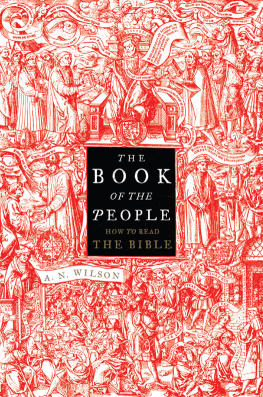
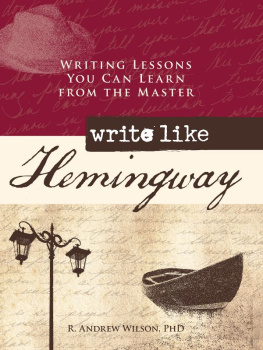
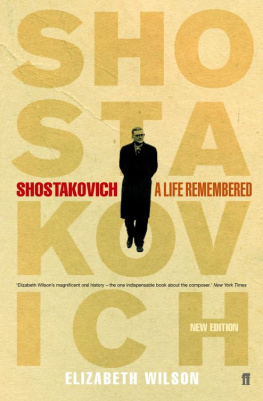
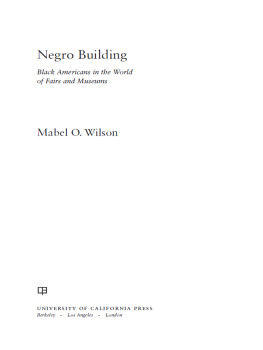

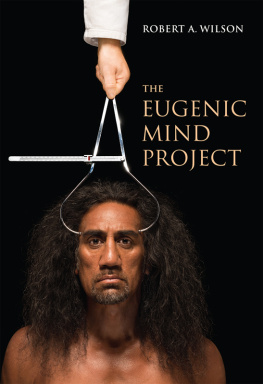


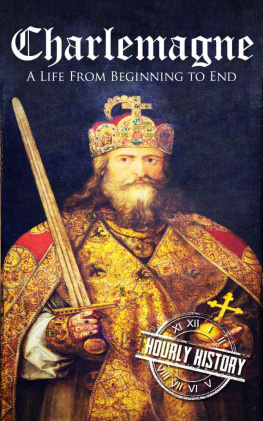
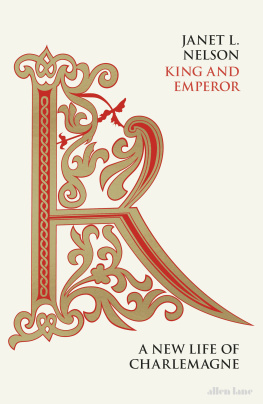
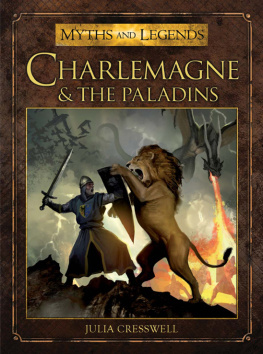
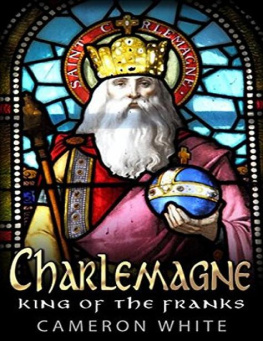
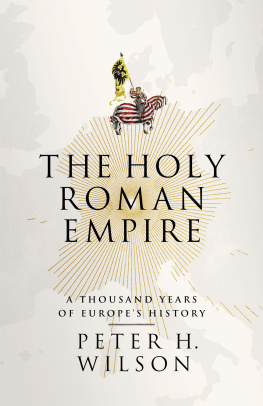
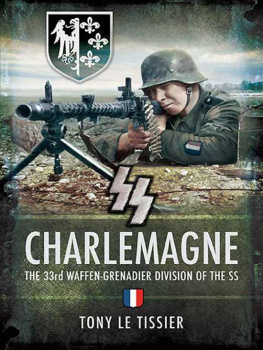
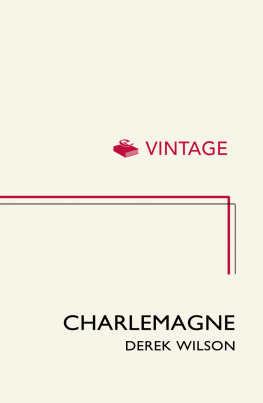
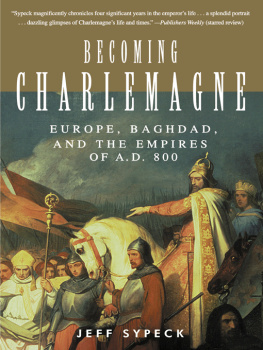
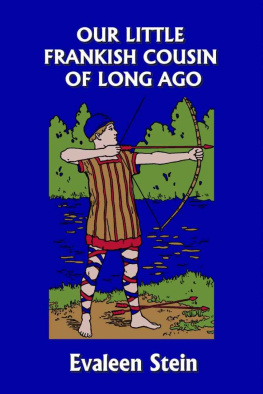
 814) with his monogram (vellum), ARH175033 #203, Centre Historique des Archives Nationales, Paris, France. Archives Charmet, copyright unknown.
814) with his monogram (vellum), ARH175033 #203, Centre Historique des Archives Nationales, Paris, France. Archives Charmet, copyright unknown.